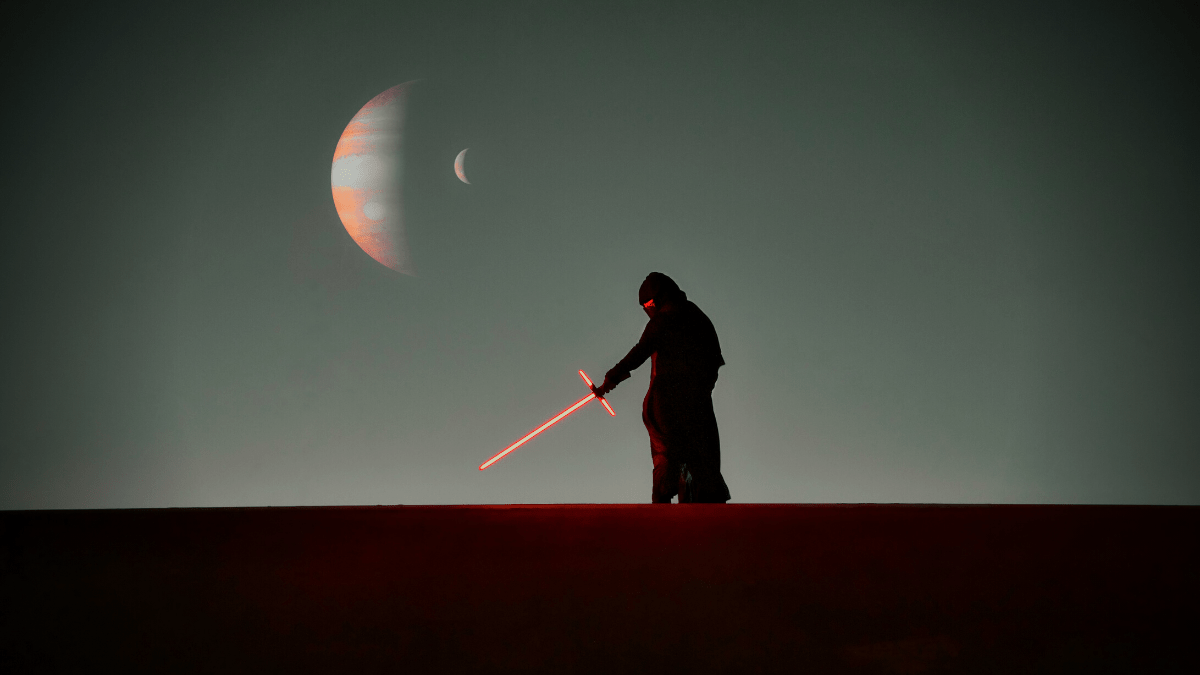Throughout the history of modern warfare, the deployment of machine-gun troops from the air has been a critical tactic on the battlefield, especially in counter-terrorism operations in countries like Afghanistan and Rhodesia. From Airborne Aussies to the US Delta Force, today we’re going to look at some of the best examples of airborne deployment in modern warfare that have seen global military forces deploy machine gun troops from the air.
Article Contents
Falklands War
In 1982, Britain went to war with Argentina over control of the Falkland Islands in the South Atlantic. Whilst Argentina thought of Britain as an aging empire that would not put up a defense of almost inhospitable territory 8,000 miles away from the United Kingdom, they were catastrophically wrong. Britain, under the rule of Margaret ‘The Iron Lady’ Thatcher, sent a response force of over 30,000 men as well as a fleet of Royal Navy warships and auxiliary ships. Thus began a war that lasted around ten weeks and saw some of the most grueling combat Britain had seen since the Second World War. The islands were recaptured by Britain and remain sovereign territory to this day.
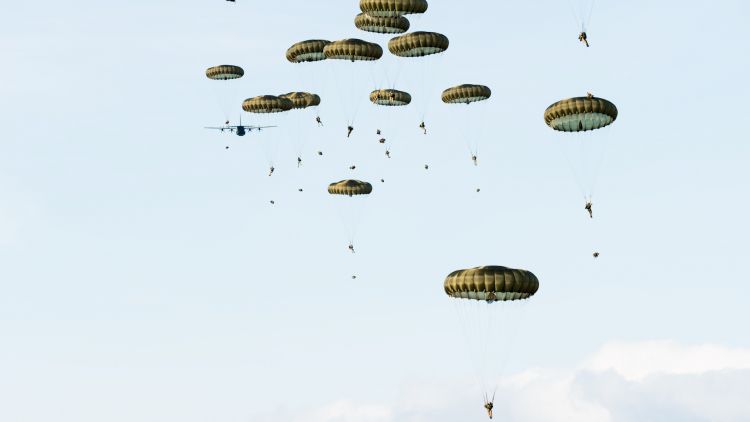
During the 1970s the British Parachute Regiment, which had gained a formidable reputation during WW2, was now a rather controversial force after their deployments to Northern Island and their involvement in the Bloody Sunday Massacre in 1972. However, their prominent deployment in the Falklands War restored the reputation of the regiment in the eyes of the British public.
Following on from the procedures learned in the infamous Paras 10 training, the British parachute units would often utilize the C-130 Hercules Aircraft to deploy forces direct to the battlefield. The C-130 is an American made military transport aircraft that allows for the deployment of machine-gun troops from the air. The Para units were armed with the standard British army issue L1A1 Self Loading Rifle (SLR) as well as the L7A2 General Purpose Machine Gun (GPMG).
The Parachute regiment saw action at major battles throughout the Falklands War and was given battle honors for their actions at Goose Green, Mount Longdon, and Wireless Ridge. Throughout the regiment, over 71 gallantry awards and 2 of the esteemed Victoria Crosses were awarded to the Parachute Regiment.
Somalia
When it comes to the American options of deploying machine gun troops from the air, the US military often opts for Black Hawk helicopters which are the primary transport and air assault aircraft of choice for the US Army. The Black Hawk can deploy 11 machine gun troops from the air through landing or via a rope system. In order to machine gun from the air and cover landing troops, Black Hawks are often fitted with two M-60 machine guns in 7.62.
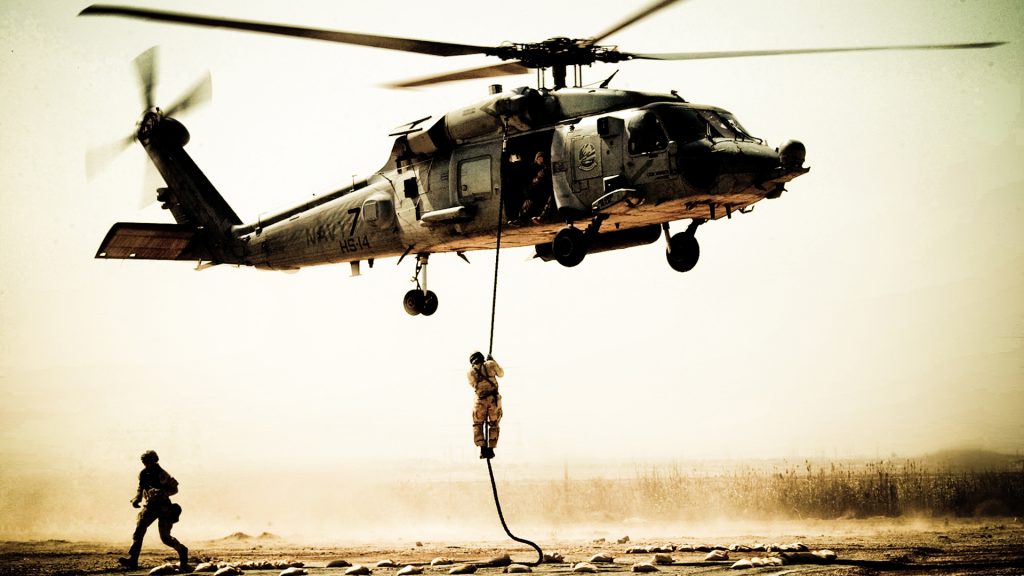
One of the best examples of the deployment of machine gun troops from the air in an active conflict was that of the infamous Battle of Mogadishu back in 1991… America, alongside its UN allies, was attempting to restore order and normality to the failed state of Somalia which was locked in a civil war between various warlords and militias. The US launched a task force of combined Delta Force and Rangers with the objective of capturing a dangerous local warlord named Mohamed Farah Aidid who was on the brink of seizing power in the country.
Despite the high level of training and technological advances of the US Special Forces team, the mission was doomed from the start due to a number of intelligence failures as well as the environment of the mission being inside the critically dangerous urban jungle of downtown Mogadishu. In their attempts to capture Aidid, the US troops came under attack by thousands of heavily armed militias. Two Black Hawk choppers were shot down with RPG fire in the centre of the city, leaving the US soldiers stranded and forcing them to fight their way out of enemy territory in a running battle to the evacuation point outside of the city. In the aftermath, 18 US troops lay dead and 73 were injured. In the ranks of the Somali militias and civilians, hundreds were killed. The mission was immortalized in the Ridley Scott film Black Hawk Down.
Afghanistan
Following al-Qaeda’s attacks on 9/11, the majority of the world was in a state of shock at such an appalling and visually horrifying terrorist attack. However, in the days following the attack revenge was already being planned through what was to become known as Operation Jawbreaker. In late September 2001 in the Central Asian country of Uzbekistan, two modified Soviet Mi-8 transport choppers took off towards neighboring Afghanistan. Inside were a team of CIA officers sitting on boxes of cash that were destined for the commanders of the anti-Taliban Northern Alliance forces.
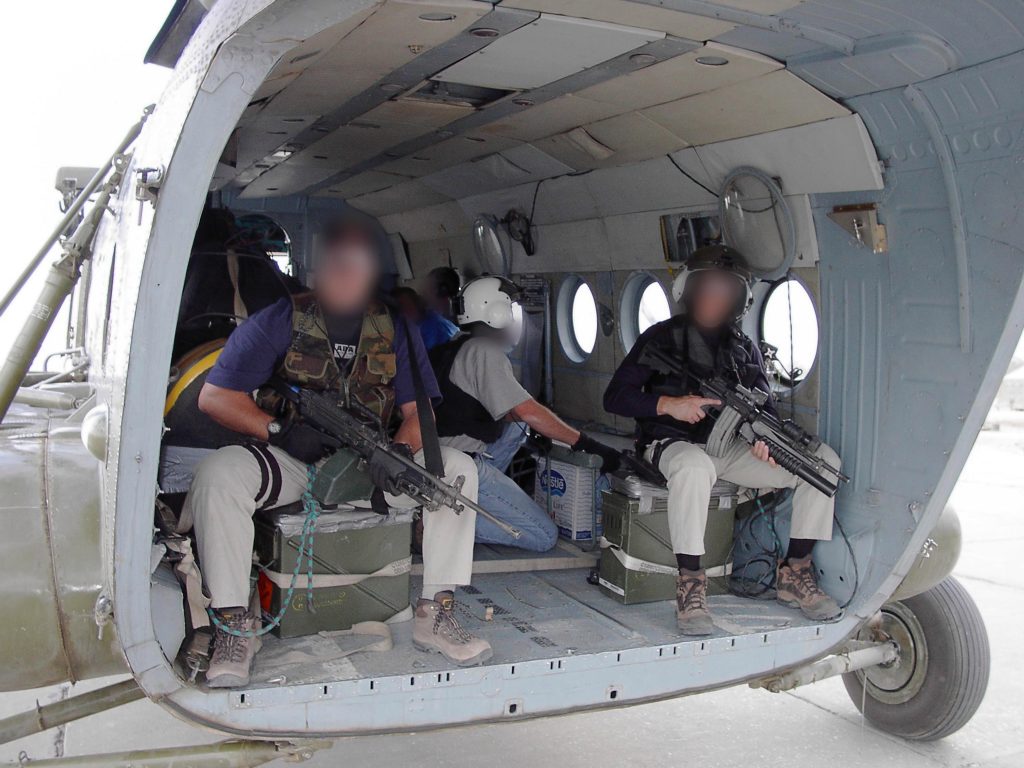
These machine gun troops from the air were armed with Browning hi-power handguns and M249 SAW Light Machine Guns. The choppers were said to have flown so low that at some points they were only three feet above the mountain peaks. Once on the ground, the CIA team embedded themselves with allied Afghan fighters and launched the early stages of the war against the Taliban and al-Qaeda.
Iraq
As the US and Britain launched an invasion of Iraq in 2003 alongside coalition forces, the Australian Army joined in the fray leading to the deployment of airborne Aussies! The Australian SAS (separate to the British SAS but does largely the same role) was deployed from into Iraq two days before the US launched Operation Shock and Awe with the intention of sabotaging Iraqi positions and Scud missile launch sites.
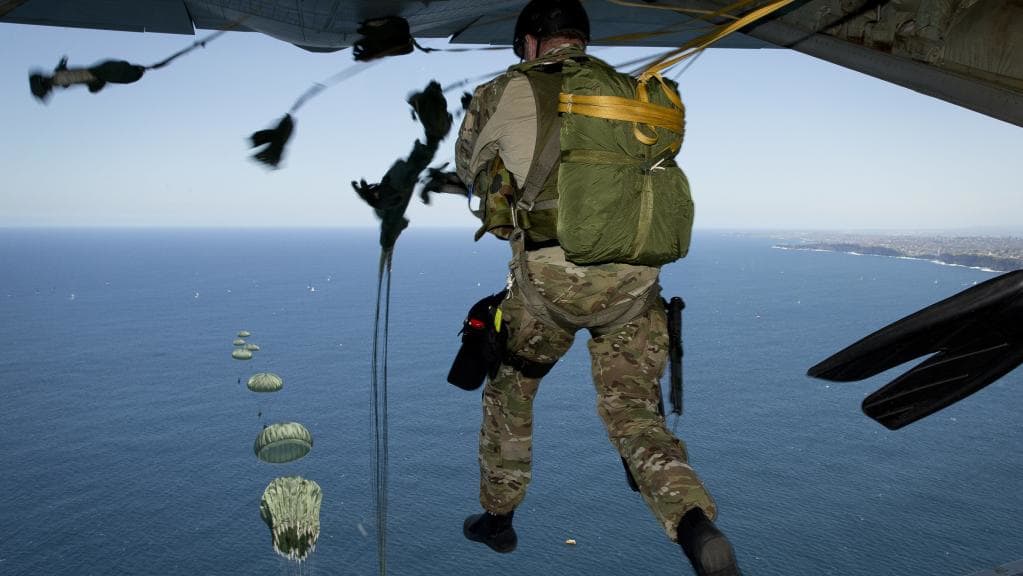
Under the cover of darkness, one group entered Iraq using a series of ground vehicles whilst another utilized Blackhawk helicopters to deploy machine gun troops from the air. Before long, the airborne Aussies ran into enemy troops leading to the first ground contacts of the Iraq War. One of the biggest feats of the unit was the capture of the enormous Iraqi airbase at Al Asad.
Rhodesian Bush War
During the 1970s, the unrecognized country of Rhodesia located in Southern Africa erupted into a violent conflict between the Rhodesian Security Forces and the terrorist forces of the ZANU group. The war was fought through the unforgiving African Bush and required specialist tactics being developed by the Rhodesian Armed Forces in order to combat the dug-in forces of ZANU. Thus, the tactic known as Fireforce was born.
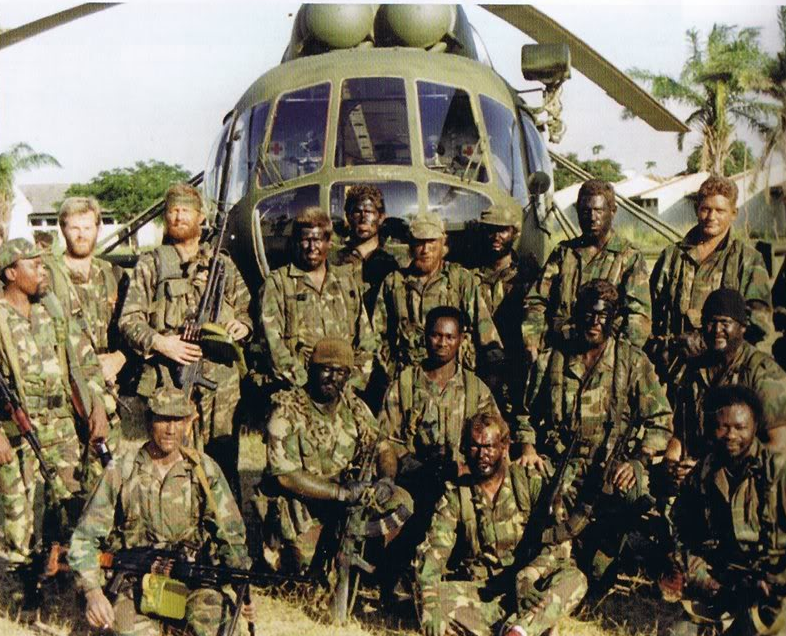
A Fireforce deployment composed of 32 troops carried on three aircraft which were usually a helicopter, a Dakota and a gunship. The tactic was exceptionally effective not to mention extremely flexible through requiring very little space to land and deploy which was crucial in the tough African terrain. The Dakota would be used to deploy Rhodesian machine gun troops from the air, armed with their iconic Rhodesian FAL and the GMPG. The gunship, which was often an Alouette, would remain in the sky to machine gun from the air and cover the troops on the ground.



